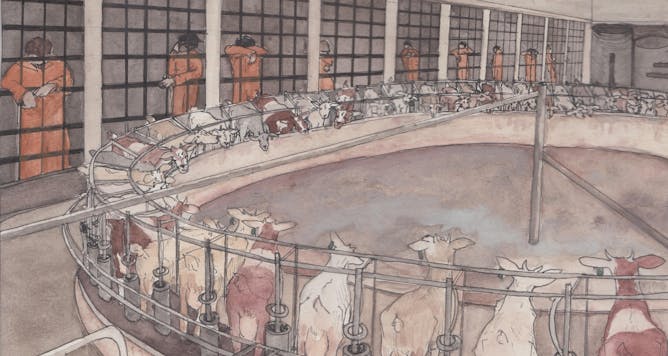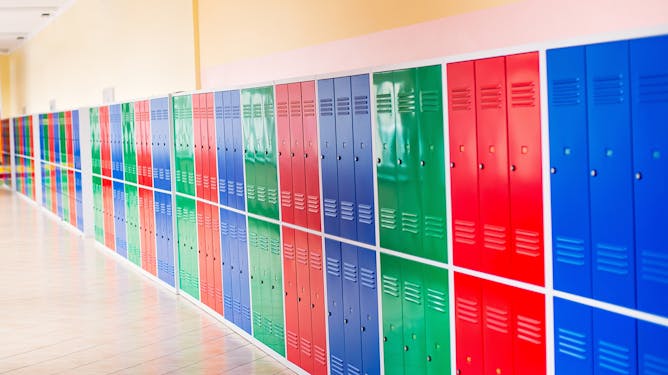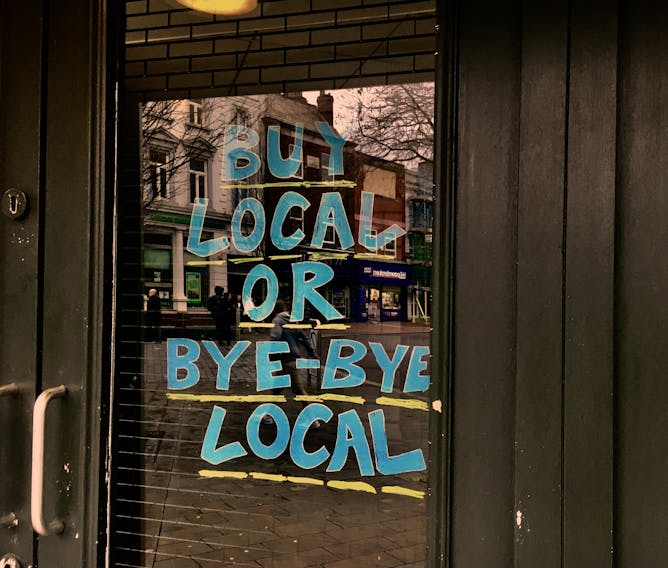|
Last week, Prime Minister Justin Trudeau announced new upcoming travel restrictions. In addition to the 14-day quarantine — for which harsher penalties were imposed for violating — international arrivees will have to spend three days in isolation at a government-approved hotel at their own expense. Only four airports — Vancouver, Montréal, Calgary and Toronto — remain open to international travel. The measures are meant to discourage all non-essential travel. But will this have an effect on the spread of COVID-19 in Canada?
Today in The Conversation Canada, Kelley Lee and Anne-Marie Nicol from Simon Fraser University point out that we actually don’t know how much of the spread in Canada is from international travel because there hasn’t been an effective tracking mechanism. “If we’re going to make effective policy decisions to manage travel and COVID-19, we need far better data,” they write, pointing out that this information will help efficiently assign resources.
Also today:
Regards,
|

Workers prepare to greet passengers at the COVID-19 testing centre in the international arrivals area at Pearson Airport in Toronto on Jan. 26, 2021.
THE CANADIAN PRESS/Frank Gunn
Kelley Lee, Simon Fraser University; Anne-Marie Nicol, Simon Fraser University
Recently announced travel restrictions are intended to curb the spread of COVID-19 variants. However, we need to do a better job of tracking arrivals into the country.
|

The cover of a new report about goat dairy operations planned for eastern Ontario prisons.
(Jamie Neufeld)
Amy Fitzgerald, University of Windsor; Amanda Wilson, Université Saint-Paul / Saint Paul University
Reopening prison farms is a great opportunity for Correctional Service of Canada to become a leader in innovative rehabilitation and reintegration. But a goat dairy operation isn't the way.
|

Advocates of ‘school choice’ are often talking about wanting public funding for models like charter schools, but specialized programs should also be considered part of school choice debates.
(Shutterstock)
Louis Volante, Brock University; Dominic Wyse, UCL; Gabriel Gutiérrez, London School of Economics and Political Science
Letting parents choose which school their child attends positions parents as consumers, and often diverts students and funding away from public schools.
|

The COVID-19 pandemic has resulted in border closures and an increased desire to localize production and use supply chains that are close to home.
(Arthur Franklin/Unsplash)
Myriam Ertz, Université du Québec à Chicoutimi (UQAC); Damien Hallegatte, Université du Québec à Chicoutimi (UQAC); Imen Latrous, Université du Québec à Chicoutimi (UQAC); Julien Bousquet, Université du Québec à Chicoutimi (UQAC)
The COVID-19 pandemic has seen a rise in digital localism — consumers using online local sites to buy and supply goods. Do platforms born during COVID-19 have a chance of survival?
|

Plusieurs grandes villes se sont dotées d’objectifs ambitieux d’augmentation de canopée. La Ville de Montréal a adopté un plan d’action 2012-2021 et s’est fixée l’objectif de planter 300 000 arbres d’ici 2021 dans le cadre de ce plan.
shutterstock
Jean-Claude Ruel, Université Laval
La réduction des impacts de la construction passe par une planification a priori des mesures de protection à adopter ainsi que par une supervision étroite du chantier.
|

file vae s.
Adam J. Powell, Durham University; Peter Moseley, Northumbria University, Newcastle
Des recherches suggèrent que les gens se disant médiums ou « voyants » ont une propension aux expériences hallucinatoires.
|
Culture + Society
|
-
Gordon Pirie, University of Cape Town
Airport passenger terminals are often designed to flaunt a city and country. Embakasi's rudimentary terminal made Nairobi’s newest airport more colonial utility than colonial showpiece.
|
|
|
|
Politics
|
-
Adam Simpson, University of South Australia; Nicholas Farrelly, University of Tasmania
It is difficult to see how the military will benefit from another coup, since it already enjoyed immense political and economic influence under the previous power-sharing agreement.
|
|